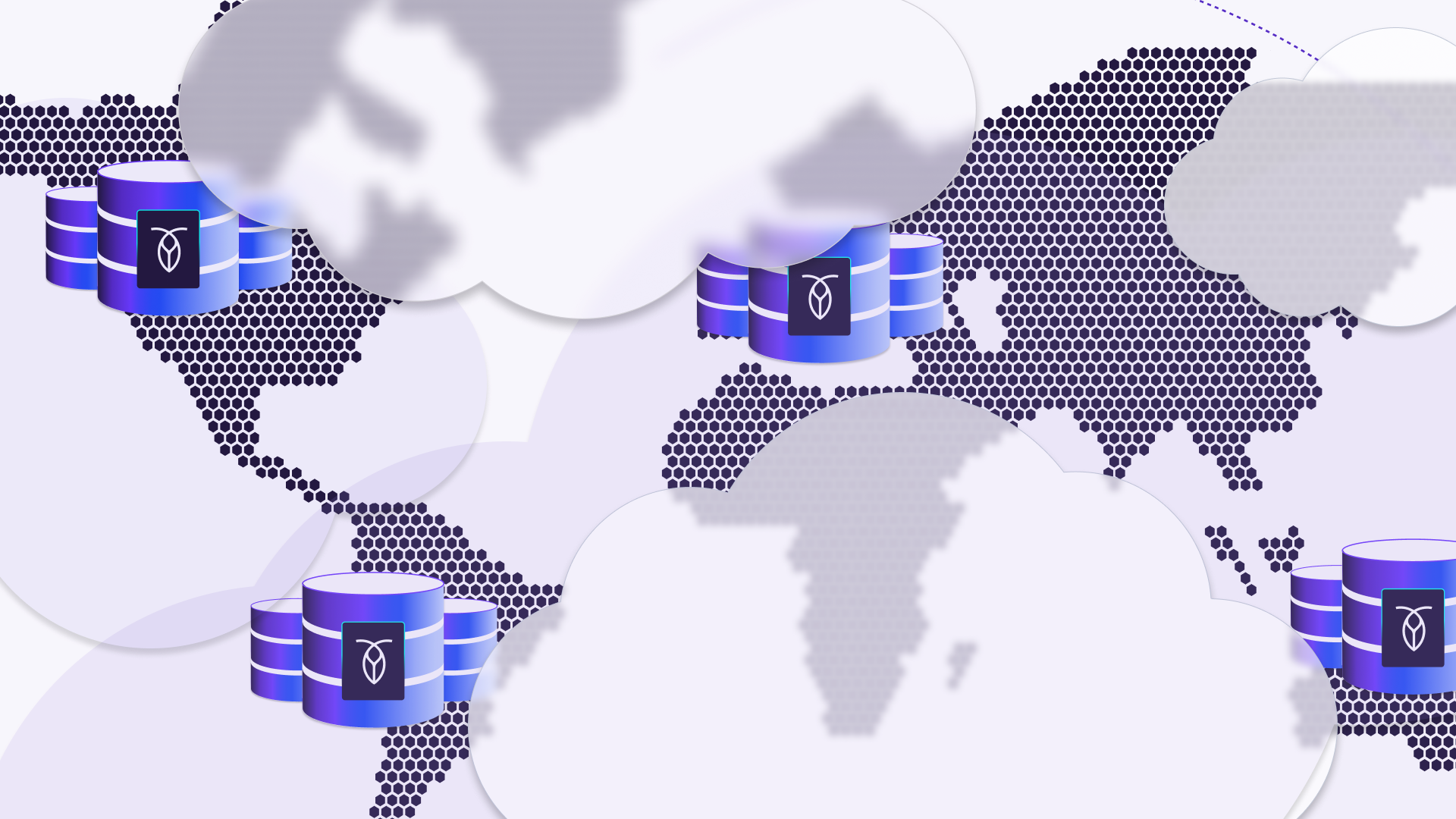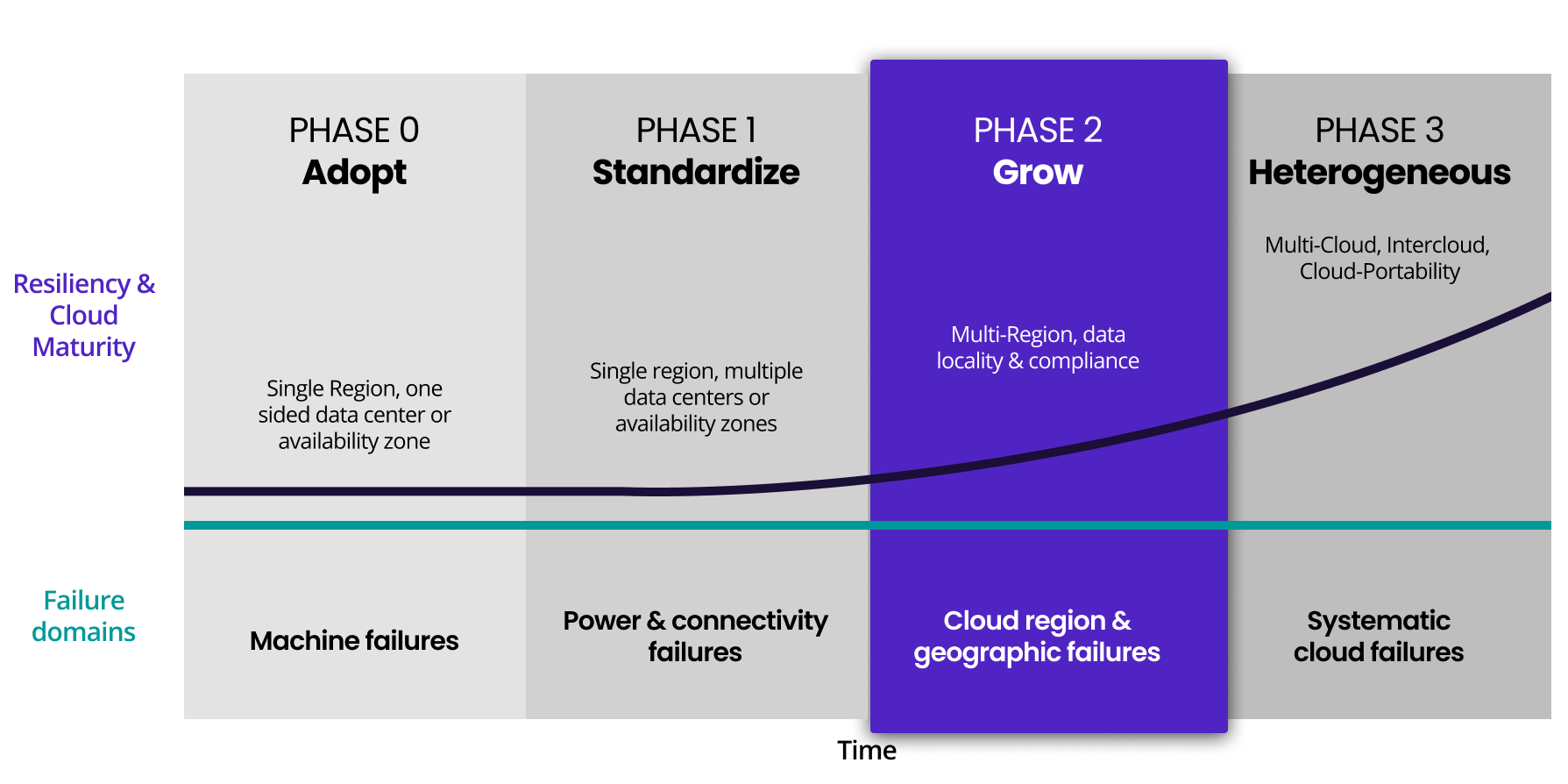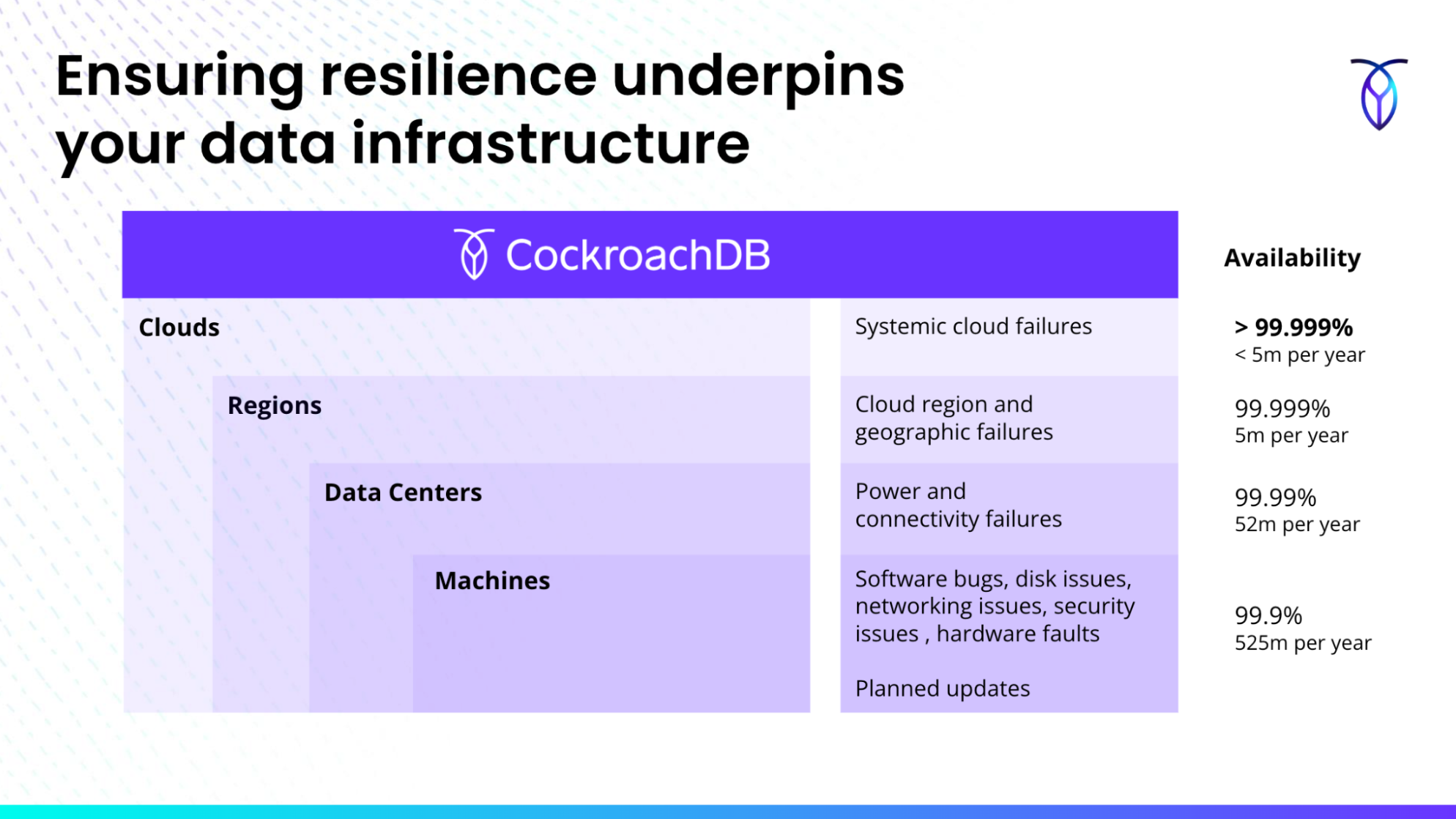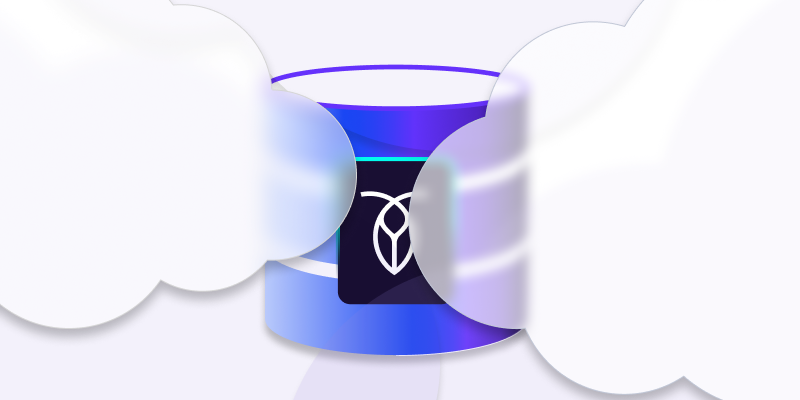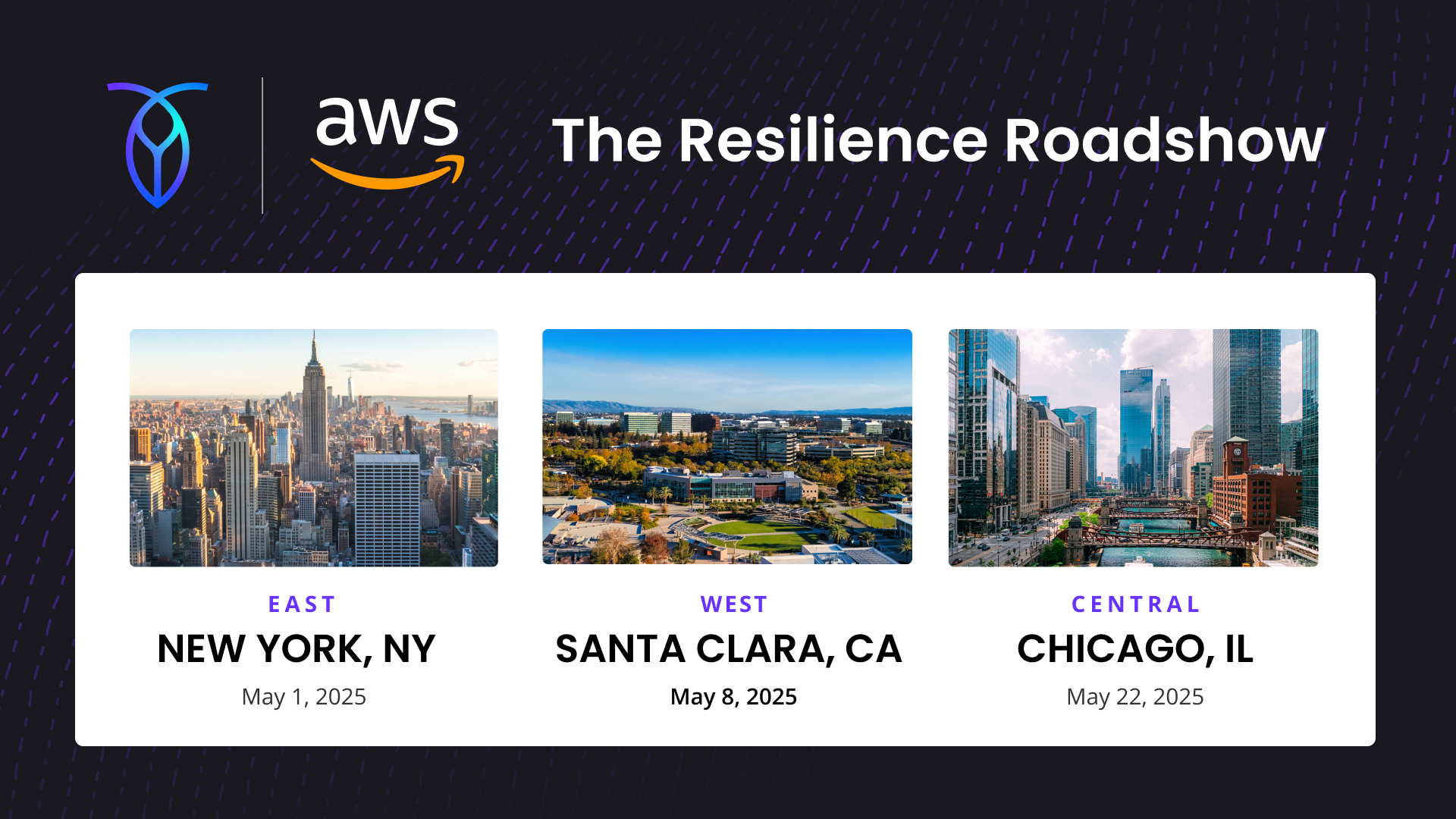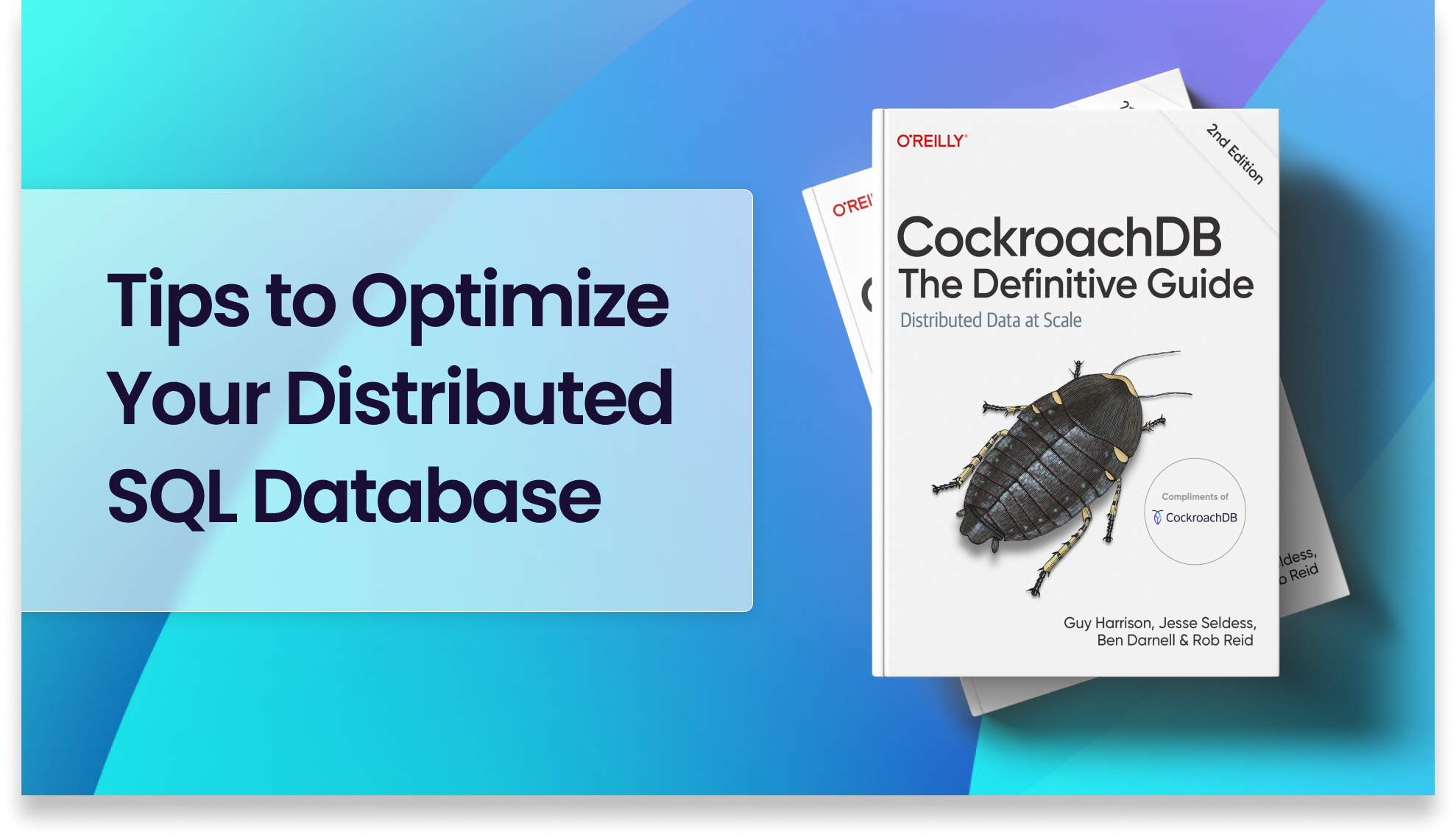It can be challenging to navigate the world of cloud computing, achieve elastic scaling and manage spiky workloads while fulfilling modern-day customer expectations of ensuring always-on availability and high performance. Within this context, a database migration to the cloud can seem risky – but not getting to the cloud poses potentially greater risk: inability to support elastic demand, managing physical hardware, and slower application deployment. To learn more about why and how to move to hybrid cloud deployments, check out the first blog in our Cloud Journeys with Distributed SQL series.
For many organizations, fully embracing the benefits of cloud is the intended goal whether with a hybrid deployment or having all applications in the cloud. While the first phase of cloud adoption involves deploying applications across region specific data centers or availability zones, the second phase of cloud adoption involves deploying data infrastructure across multiple regions to support global applications that require low-latency connectivity and redundancy across large geographical areas.
Building resilient systems across large geographic locations is a goal for many organizations such as financial institutions to address emerging regulatory requirements. For example, DORA, the EU’s Digital Operational Resilience Act, has made operational resilience even more important, beyond traditional disaster recovery. The reality is that global companies have global customers, who need always-on access to their data across many locations. Furthermore, that data must remain highly available and secure even in the event of global failures – for example, if an entire region goes down due to natural disasters or large networking outages. This is where multi-region and multi-cloud can offer that extra insurance and peace of mind.
RELATED
Read “The State of Resilience 2025” Report
As mentioned in our recent webinar, co-hosted by Peter Mattis, our CTPO, on disaster recovery vs. inherent resilience, relying on localized data centers offers only 4 9s of availability or 99.99% availability. This equates to 52 minutes of downtime every year. When companies deploy multi-region solutions, they are able to achieve 5 9s of availability, an average of 5 minutes of downtime per year. In this article, we dive into how several global entities have implemented CockroachDB in multi-region setups to provide the best customer experience and enterprise-grade security.
When Latency Means Lost Subscribers
A global subscription-based streaming platform needed a database solution that could handle their high throughput data and provide strongly consistent transactions in a multi-region deployment. With many teams working on different projects all at once, the company offers their engineers the opportunity to choose their own tech stack, using whatever they believe to be the best tools. By providing CockroachDB-as-a-Service (DBaaS) to their internal teams, the company was able to provide strongly consistent transactions and high scalability in single and multi-region deployments.
With customers all over the world, the company now supports over 300 CockroachDB clusters across multiple regions. This multi-region setup allowed their team to optimize their production pipelines, support multiple use cases, and ensure low latency and high resiliency for their services. As the company expanded their services to include gaming, the benefits of multi-region became even more important: regional survivability and processing a high volume of distributed transactions. Looking ahead, the team is excited to leverage CockroachDB for new business opportunities.
Global Consumers Need Global Data
A leading financial technology company, sought to modernize their payment applications by moving from an on-premise active-passive architecture to a cloud-based active-active database solution. Given that someone, somewhere is always making a payment, availability was a top concern. In addition, with operations around the world, the team was very aware of requirements from regulations like DORA and security standards like PCI-DSS. They chose CockroachDB for its ability to provide a truly distributed, always-on database that could run across multiple data centers and cloud regions.
The team ultimately chose CockroachDB because of its ability to
Help meet compliance requirements, including PCI-DSS requirements
Scale with the business, and provide low latency
Support disaster avoidance, and provide 99.999% uptime
Provide strong consistency for data accuracy
In order to determine whether CockroachDB was the right fit, database engineers ran a series of chaos experiments and like many of our customers, tried to kill their CockroachDB instance. In the end, CockroachDB did not go down, and they established a new standard for reliability and performance. This transition enabled their team to meet the demands of their business with greater flexibility and cost efficiency, particularly as they moved to Google Cloud Platform (GCP). As the company continues to modernize their architecture, they are excited about a future with CockroachDB.
It’s in my cart, what do you mean it’s out of stock?
One of the largest U.S. electronics retailers, faced significant challenges with their existing Oracle and Cassandra databases, particularly in achieving consistency at scale for their digital checkout app. Specifically, they ran into several poor customer experience situations where they oversold products because the inventory data across the website and various apps was inconsistent. Retailers, especially now – when it’s so easy to order from anywhere and any vendor – must deliver 100% accurate and up-to-date data for their customers whether buying in the store, online, or via Amazon. By transitioning to CockroachDB for their system of record, they were able to ensure data consistency on product availability across their sales channels.
The move to a multi-region deployment allowed them to pin data to super regions, ensuring fast and accurate checkouts, and to scale efficiently for peak shopping periods like Black Friday and Cyber Monday. The benefits of this transition include high availability uptime, minimal maintenance, low latency due to the multi-region deployment, and the ability to scale their infrastructure up and down based on customer demand during peak times.
Payments, K8s, and Migrations, Oh My!
When a payment processing network for the trucking industry needed to transition from Oracle to a modern data infrastructure, they chose CockroachDB. Their team needed to run a scalable SQL database close to their global applications, ensuring high availability and consistent transactions for their real-time payment processing system.
Additionally, the team wanted the database to support their new cloud-native service built in Kubernetes, and wanted to run a single Kubernetes cluster across multiple regions. The team also wanted to reallocate their engineering resources to focus on innovating in the payments space, rather than maintaining a complex database. By deploying a managed version of CockroachDB Cloud on AWS across several regions, the network achieved operational efficiency and the ability to market their real-time payments system to new prospects.
Investing in the cloud and multi-region
While it can be costly to explore multi-region deployments, the above examples illustrate how valuable multi-region can be to global enterprises. Multi-region setups:
Bring data closer to the end user, lowering latency and improving customer experience
Aid in regulatory compliance and support regional survivability
Offer high availability and operational resilience for mission-critical use-cases
If you want to learn more about how the CockroachDB Cloud platform can power your entire application lifecycle, check out the video below and get started for free on our website.


